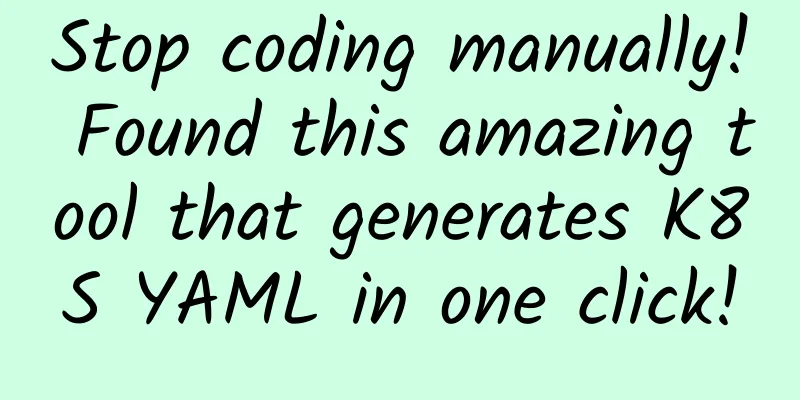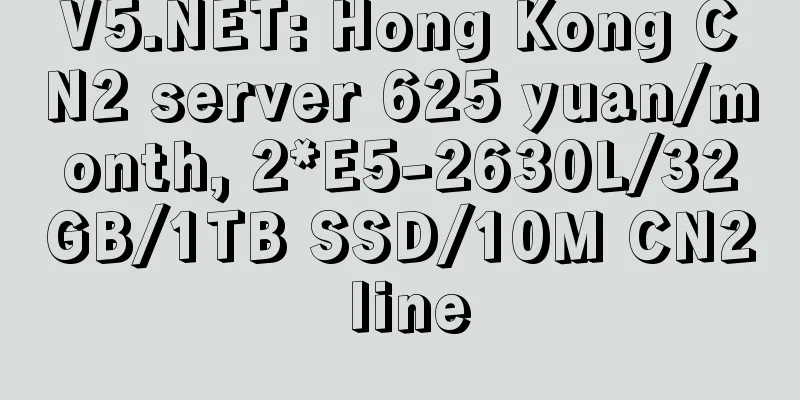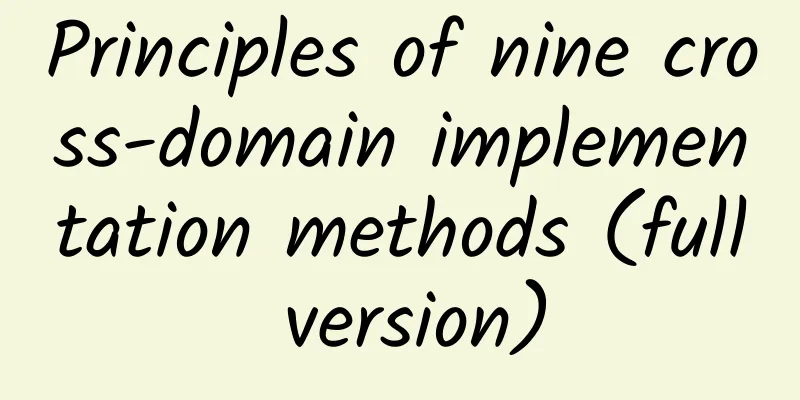Stop coding manually! Found this amazing tool that generates K8S YAML in one click!

|
In daily K8S operation and maintenance work, we usually obtain YAML templates in the following two friendly ways:
After executing the above command, a deploy YAML file will be generated in the terminal, as shown below: The above basic information has been generated. However, if you need to deploy to another namespace, you need to add the namespace yourself. Or add parameters to specify the namespace to deploy in the command line. The command is as follows: Plugin InstallationToday I will introduce a very useful tool that can generate a YAML template for K8S resources with one click. To use this tool, you need to prepare the following environment in advance: Install Visual studio Code (version >= 1.38) Install Red Hat YAML, a plugin that provides comprehensive YAML language support for Visual Studio Code. Install the Kubernetes Templates plug-in, which can help us generate K8S resource YAML template files in one click. After the above two plug-ins are installed, restart vscode. Basic UseThe usage is also very simple. Open vscode, create a new file, and then select YAML as the file format, as shown below: For example, if we want to create a deploy template file, we only need to enter k in the file, and then vscode will intelligently prompt all templates starting with k, as shown in the following figure: When we select k8sDeployment and press Enter, a very detailed template will be generated. As shown in the following figure: This tool is really great. It allows us to no longer worry about finding K8S resource templates. It covers almost all K8S resource files. After using it, our work efficiency has been significantly improved. |
Recommend
IDC: Global Ethernet switch and router markets mixed in the second quarter
According to the Ethernet Switch and Router Quart...
HTTP connection management diagram
The HTTP protocol is very important to us program...
What does the operator's first-half performance reflect about the second half of the year?
With the release of the operating data of the thr...
Six major trends in the development of enterprise campus networks
Enterprise campus networks are changing, just lik...
Stop saying you can’t afford data. Check out the N ways to unlock 5G packages
Hu Jianbo, chief engineer of the China Academy of...
The United States has repeatedly stumbled in 5G network construction. What did it do wrong?
The fact that the 5G network in the United States...
How does CDN acceleration work? What are its benefits?
Many website operators believe in a principle tha...
How will the three major operators fight in 2022?
2022 is here. In this new year, how will the thre...
Interviewer: What is your understanding of IO multiplexing?
"IO multiplexing" is a common technical...
Common methods of data transmission and data call
With the Internet and the Internet of Things high...
edgeNAT National Day VPS 20% off monthly payment, 30% off annual payment, top up 500 yuan and get 100 yuan
edgeNAT has launched this year's National Day...
What is 6G and when can we expect it?
Since 5G networks are still being deployed around...
10% off on all CMIVPS VPS, starting from $2/month for Hong Kong CN2 line, starting from $16/quarter for Seattle VPS Sparta
CMIVPS sent a 10% discount code for all VPS, incl...
The creator of the World Wide Web has a plan for a better global network, but he needs help
According to foreign media CNET, Sir Tim Berners-...
4G networks are getting slower and slower? This may be true, but there is absolutely no conspiracy!
Since the commercialization of 5G networks, the s...









